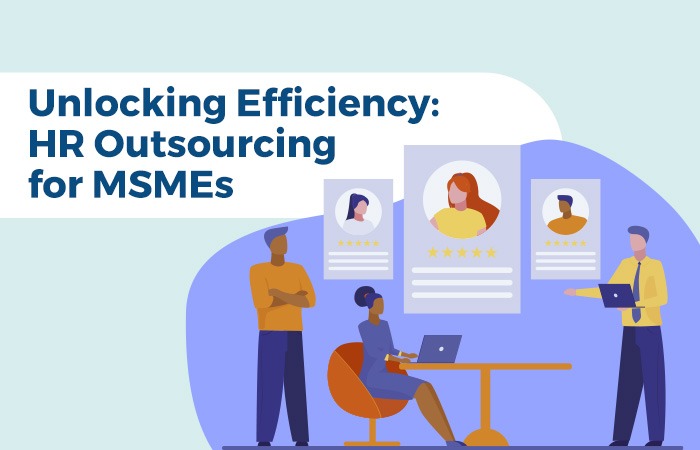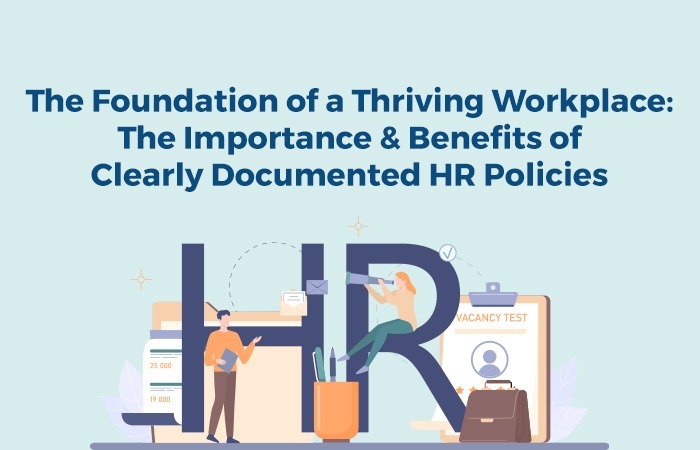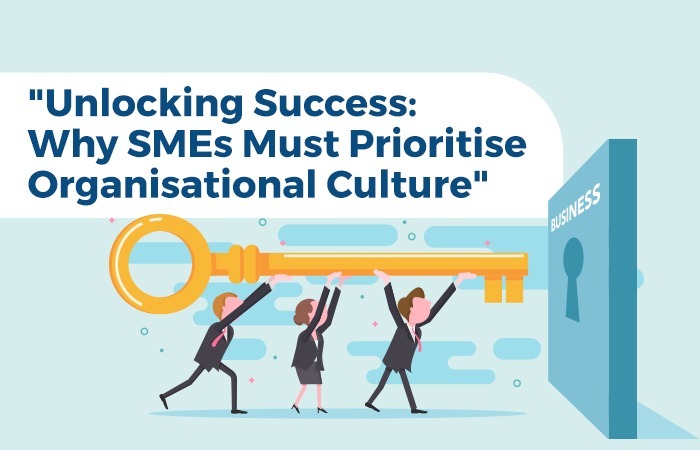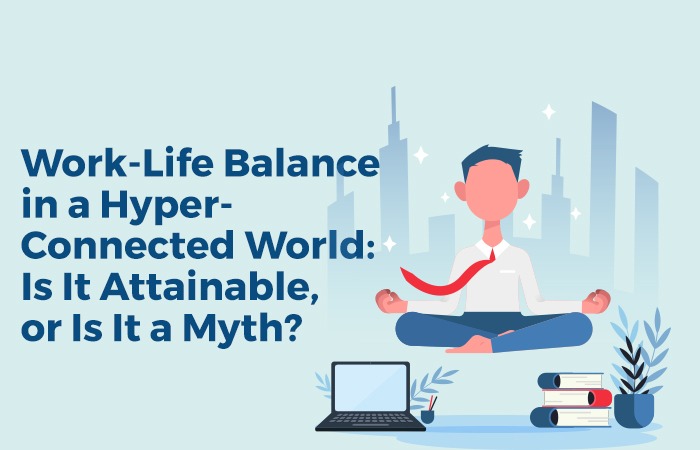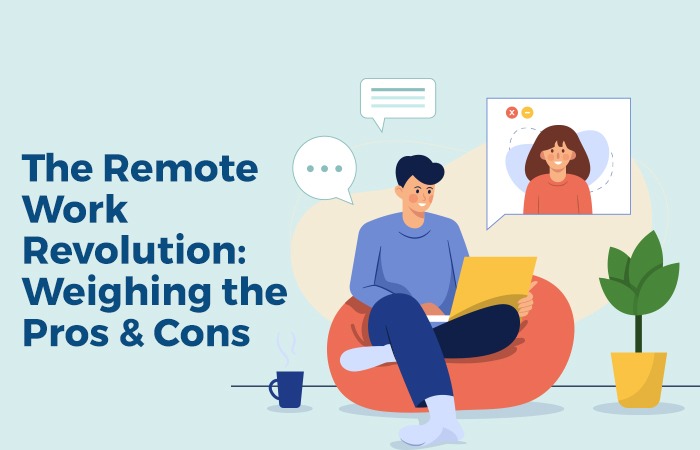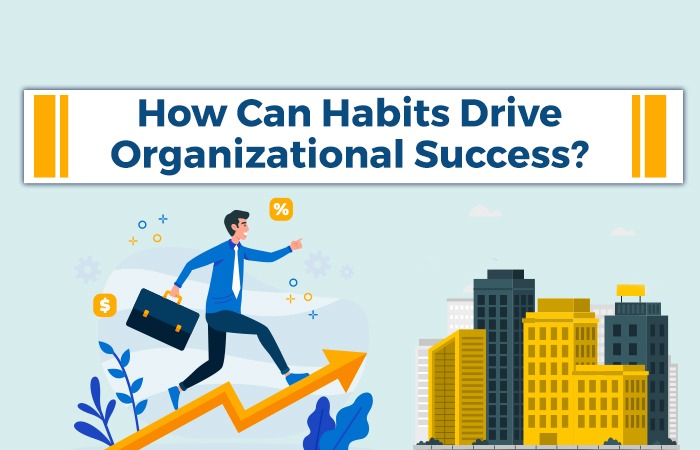Employee satisfaction is one of the critical aspect of building a strong workforce. When employers cares about their employees’ satisfaction, they can improve office morale and create a better work environment. These improvements can also lead to lower employee turnover rates, which is an important part of building a strong workforce. When brainstorming ways to keep employees happy, finding out what they want, is important.
Employee satisfaction is a big factor in career growth. When employers care about the employee experience, they can lower their turnover rates and improve overall morale.
What is Employee Satisfaction
Employee satisfaction is a term employers and managers use to determine how happy their team members are with their jobs and the company. It’s a metric you can use when thinking of ways to improve your workplace for your team. If employee satisfaction is low, your company may experience a mass exodus of employees. Remember: treating your team members well will ensure that they stay with you for the long run! You may see more positive and productive team members if employee satisfaction is high.
How to measure employee satisfaction
Measuring your team’s level is satisfaction is an ongoing process. Managers can follow these steps to measure employee satisfaction among their team members:
1) Send out surveys
Sending out anonymous surveys can be a great way to find out how your team members feel about their jobs. There are multiple ways to accomplish this, such as by asking them if they have enough opportunities to grow in their roles or if they feel like the leaders in the company. You also want to assess whether or not the team is able to effectively collaborate with one another and whether you may need to implement additional team-building activities into your office culture.
With Inter-office relationships and Communication, you can find out how to improve the relationships between your team members. By asking pertinent questions from Management, you will find ways to better support your team members throughout the career.
2) Meet with your team
People often feel compelled to take action on their feelings, whether that means starting a personal project, asking for help at work, or doing something that makes them feel good. However, knowing how to make decisions in emergencies without checking Facebook, Twitter or email can be hard. One of the fastest ways to get your mind working again is by having a discussion with your team members about how they are feeling. You can discuss these matters during one-on-one meetings and with small groups. This former allows each employee to bring up any comments or concerns in private. The latter allows them to learn their colleagues’ feelings a build upon each other’s ideas. Both methods are helpful when you want to know how you can help employees feel happier at work.
3) Observe the workplace
When it comes to work, there are some simple ways you can tell whether you have happy employees: Do they look relaxed and happy? If your employees are always smiling and laughing with one another, this could be a good sign of satisfied employees. Being able to see nonverbal cues such as body language tells a lot about your team’s mood. Is there a lot of smiling around the office? Does everyone seem tired and stressed? Leverage your human resources to find out how satisfied, happy and engaged your employees are. Look for nonverbal cues such as body language, who is laughing and smirking the most, who is always happy and smiling at work, who looks tired, and who appears stressed or grumpy.
4) Hold exit interviews
Exit interviews are important no matter how many employees you have. When an employee resigns, it’s often because they weren’t completely satisfied with their role or the company. Before a team member’s last day of work, sit down with them for an exit interview. During this meeting, you can learn why this employee is deciding to leave the company. You can also find out why they feel like a different job would suit them better.
Here are some questions you might ask an employee during their exit interview:
● Why did you choose to leave this position?
● Do you have any feedback on how I could make this a better workplace?
● What did you enjoy the most about working here?
● What did you dislike about working here?
● Do you feel like you got the resources you needed to thrive here?
● Did you feel like the company supported your career goals?
● Would you recommend others to work here?
● What led you to choose your new employer?
● If a better position opened up, would you work here again?
Employee Satisfaction Builds a Great Company
Employee satisfaction is the key to building a great workplace. When employees are engaged and feel valued, they are more likely to contribute positively to the overall success of your business – from generating income and getting work done to make suggestions on how to improve processes and operations. You’ll find it easier to hire top talent if you also have satisfied employees who are happy at their jobs.


